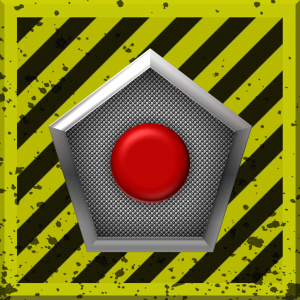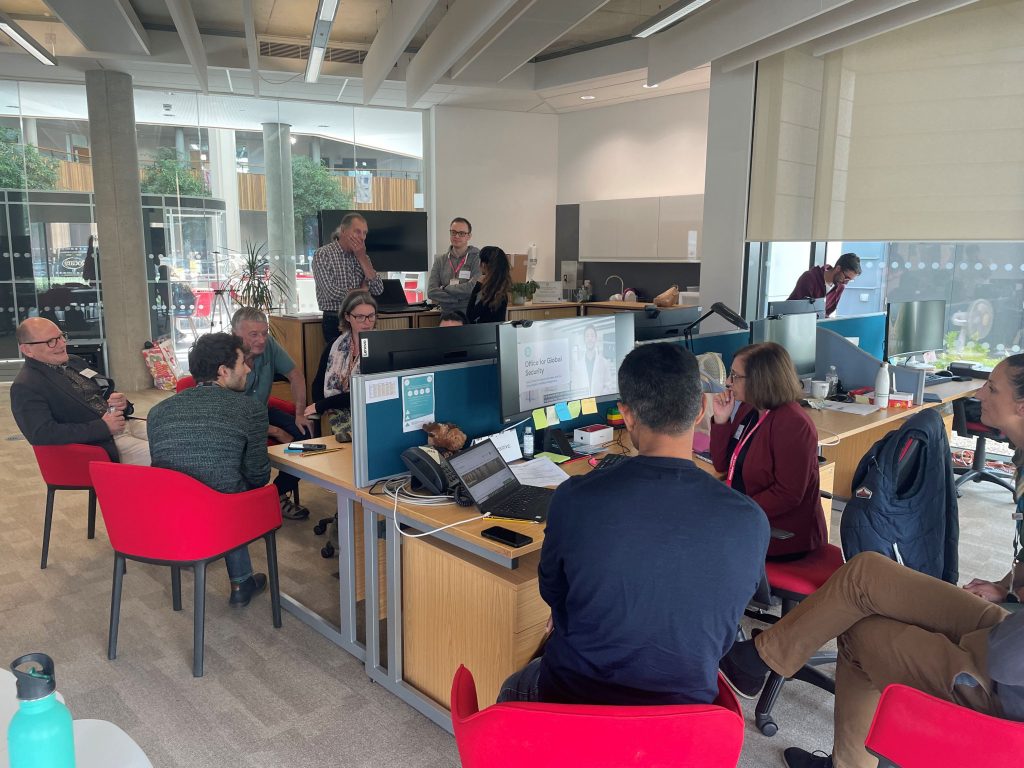
At the recent Fusion Learning Conference, FLIE got the chance to prototype our digital escape room. Our goal was to showcase the various tools and technologies available to staff at BU, inspiring them to create their own escape rooms or immersive learning scenarios. The aim was to demonstrate the capabilities of the tools while keeping the content relatable and engaging for participants, highlighting the potential of escape rooms in education.
To achieve this, we incorporated several different technologies into our escape room. We used 360-degree photos to provide a realistic and interactive backdrop for remote exploration, virtual reality (VR) to demonstrate the potential for immersive environments, and H5P, a new interactive content authoring tool we are trialling, to add an extra layer of engagement and problem-solving for participants. We integrated all of this into a unit, structuring the escape room using Brightspace tools and functionality such as release conditions linked to quizzes to stagger content.
Creating a narrative
When it comes to building fuller experiences like these, it can be difficult and time consuming to build a cohesive narrative while also prioritising learning content. But the narrative is important for maintaining engagement in the scenario and creating a sense of fun, as well as functionally for creating a flow that makes sense to the participant. Escape rooms are often put together in a way that directs participants by anticipating their decisions and outcomes and anticipating these decisions and outcomes is a lot easier when a course of action makes narrative sense!
Our narrative was shaped around the digital tools we wanted to promote. The common trend was technology, which led us to emoloy topical issues surrounding AI and Chat-GPT. We drew on pop-cultural themes and references to reinforce the relatability of the content and found ways within the narrative to explain the use of each digital tool; whether it was the live 360 footage acting as CCTV, or using the ‘Image Juxtaposition’ content type from H5P (shown below) to create a ‘quantum encryption’ puzzle. See if you can work out the hidden password below by dragging the white slider back and forth:
By solving the puzzles and completing tasks using these digital tools, participants were able to experience first-hand how the tools could be used with Brightspace.
Using Gamification to embed learning
During the Pecha Kucha presentations at the conference, two interesting points were raised by one of our presenters, Eike Anderson from FMC. The first was that its easy to forget that the game is the priority, and the learning should be incidental. A hard balance to strike. His second point was in relation to resources; both time and financial.
Hopefully our escape room demonstrates that a large budget isn’t required, and colleagues wishing to incorporate any of these activities can lean on the support of the FLIE team. From the team’s perspective, the creation of the escape room was a thoroughly enjoyable process, meaning fun and engagement for both the educator and the participants. Playing up to the limitations of Chat GPT in an AI themed story, and adding niche jokes that that might be missed was also fun, especially when participants recognised the nuances.
Click this launch button to enter the escape room and see it for yourself!

Would you like to create a similar experience for your students?
On the Escape Rooms unit (under the Mission Debrief module at the end) we’ve explained how each task was created. If you would like to discuss the escape room or any of its elements further, or to arrange a demonstration, please contact your Faculty Learning Technologist.








